The arrival of summer often brings a mix of joy and challenges for plant enthusiasts. While the increased sunlight can fuel growth, the accompanying rise in humidity levels can have a complex impact on our beloved houseplants, including the resilient snake plant (Sansevieria trifasciata). Known for its hardiness and tolerance of neglect, the snake plant's relationship with summer humidity is nuanced. Understanding how this environmental factor affects your Sansevieria is crucial for ensuring its continued health and vibrant appearance throughout the warmer months in places like Abu Dhabi, where humidity can soar.
This comprehensive guide will delve into the intricacies of summer humidity and snake plants, exploring the ideal levels, potential risks of high humidity, signs of humidity-related stress, and practical tips to maintain a thriving Sansevieria during the heat of summer. Whether you're a seasoned plant parent or a newbie to the world of indoor snake plant care, this information will equip you with the knowledge to navigate the humid summer conditions and keep your Sansevieria happy and healthy.
Also Read- Best Locations for Snake Plants Indoors in the UAE (Avoiding Scorching Sun)
The Snake Plant Natural Habitat and Humidity Preferences:

Native to arid regions of West Africa, the snake plant is inherently adapted to drier conditions. Its thick, succulent leaves are designed to store water efficiently, allowing it to withstand periods of drought. While it can tolerate average indoor humidity levels, understanding its natural preference is key to avoiding potential pitfalls during the more humid summer months.
The Double-Edged Sword of Summer Humidity:
Summer humidity can present both potential benefits and risks for your snake plant:
- Potential Benefits (Minimal): In very dry indoor environments, a slight increase in humidity during summer might offer a minor benefit by reducing excessive transpiration (water loss) from the leaves. However, in most homes, especially those in naturally humid climates, this benefit is often outweighed by the risks.
- Significant Risks: High humidity, particularly when coupled with poor air circulation, creates an environment conducive to several problems for snake plants:
- Increased Risk of Root Rot: Snake plants are highly susceptible to root rot, a fungal disease that thrives in consistently moist soil. High humidity can slow down the evaporation of water from the potting mix, leading to prolonged dampness around the roots and increasing the likelihood of this fatal condition.
- Fungal Leaf Spot Diseases: Elevated humidity levels can encourage the growth of fungal pathogens on the leaves, resulting in unsightly spots and potential damage to the plant's overall health.
- Bacterial Infections: Similar to fungal issues, high humidity can create conditions favorable for bacterial growth, leading to soft, mushy spots on the leaves.
- Pest Infestations: While not directly caused by humidity, a stressed plant due to improper humidity levels can become more vulnerable to pests like spider mites and mealybugs.
Also Read- Traveling with Your Snake Plant: 5 Tips For Safe Transport
Identifying Signs of Humidity-Related Stress in Snake Plants:

Recognizing the signs of your snake plant struggling with summer humidity is crucial for timely intervention:
- Yellowing or Softening Leaves: This can be an early indicator of root rot caused by overly moist soil due to slow evaporation in high humidity.
- Brown or Black Spots on Leaves: These can be symptoms of fungal or bacterial infections thriving in humid conditions.
- Mushy or Water-Soaked Areas on Leaves: This often points to a bacterial infection exacerbated by high moisture levels.
- Wilting Despite Moist Soil: This is a classic sign of root rot, where the damaged roots can no longer absorb water effectively, even if the soil feels wet.
- Mold Growth on Soil Surface: This indicates consistently damp conditions and poor air circulation, both often linked to high humidity.
Essential Tips for Managing Summer Humidity and Your Snake Plant:

To ensure your Sansevieria thrives during the humid summer months, follow these essential care tips:
1. Prioritize Excellent Drainage: Use a well-draining potting mix specifically formulated for succulents or cacti. Ensure your pot has adequate drainage holes to allow excess water to escape freely. This is the first line of defense against root rot, especially in humid conditions.
2. Water Sparingly and Allow Soil to Dry Thoroughly: During summer, resist the urge to water your snake plant more frequently simply because it's warmer. Always allow the top 2-3 inches of soil to dry out completely before watering again. The increased humidity will slow down the drying process, so be patient and check the soil moisture regularly.
3. Enhance Air Circulation: Good air circulation is vital in combating the negative effects of high humidity. Position your snake plant in a location where it receives adequate airflow. Avoid placing it in enclosed or stagnant areas. Consider using a small fan to gently circulate the air around your plants, especially during periods of high humidity.
4. Avoid Misting: Unlike some tropical plants, snake plants do not benefit from regular misting. In fact, misting can increase the risk of fungal and bacterial leaf diseases, particularly in already humid environments. Focus on managing the humidity of the overall environment rather than directly spraying the leaves.
5. Monitor for Signs of Stress: Regularly inspect your snake plant for any of the signs of humidity-related stress mentioned earlier. Early detection allows for prompt action to prevent further damage.
6. Consider a Dehumidifier (If Necessary): In extremely humid environments where you struggle to maintain adequate airflow and the plant shows signs of distress, using a dehumidifier in the room can help lower the overall humidity levels.
7. Repot Carefully (If Needed): If you suspect root rot, carefully remove the plant from its pot and inspect the roots. Remove any mushy or black roots and repot in fresh, well-draining soil. Ensure the new pot also has good drainage.
Also Read- How Snake Plants Can Reduce Allergens In Your Home
Conclusion: Thriving Sansevieria in the Summer Heat:
While snake plants are known for their resilience, understanding their sensitivity to excessive humidity, especially during the summer months, is crucial for their long-term health. By prioritizing excellent drainage, watering judiciously, ensuring good air circulation, and monitoring for signs of stress, you can effectively manage the impact of summer humidity on your Sansevieria. With the right care and attention, your snake plant will continue to be a striking and low-maintenance addition to your indoor space, thriving even through the hottest and most humid days of summer. Remember to adapt your care routine to the specific conditions of your environment, and your Sansevieria will reward you with its enduring beauty.
Also Read- The Lifespan Of A Snake Plant: How Long Do They Live?


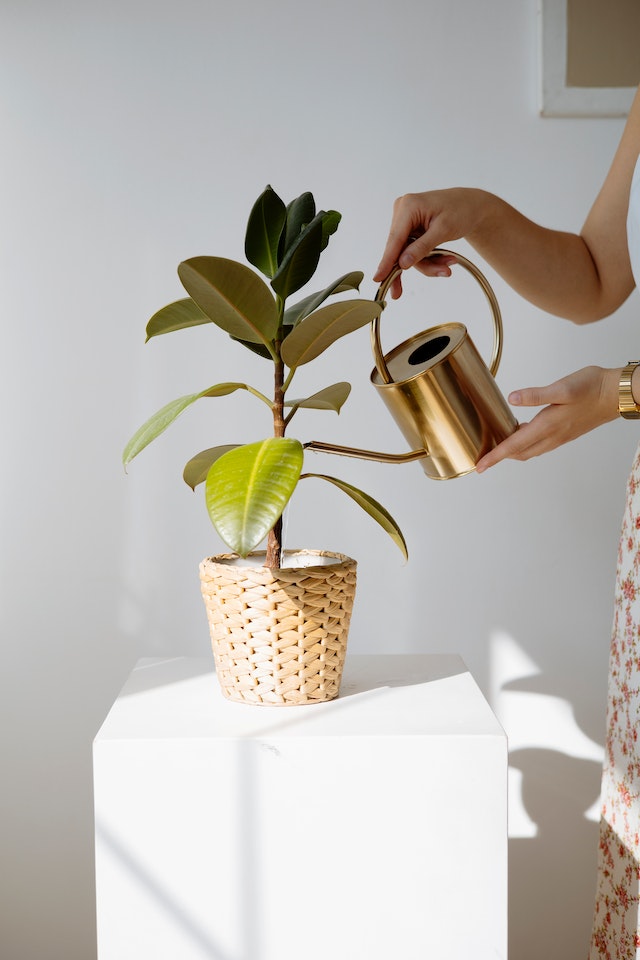

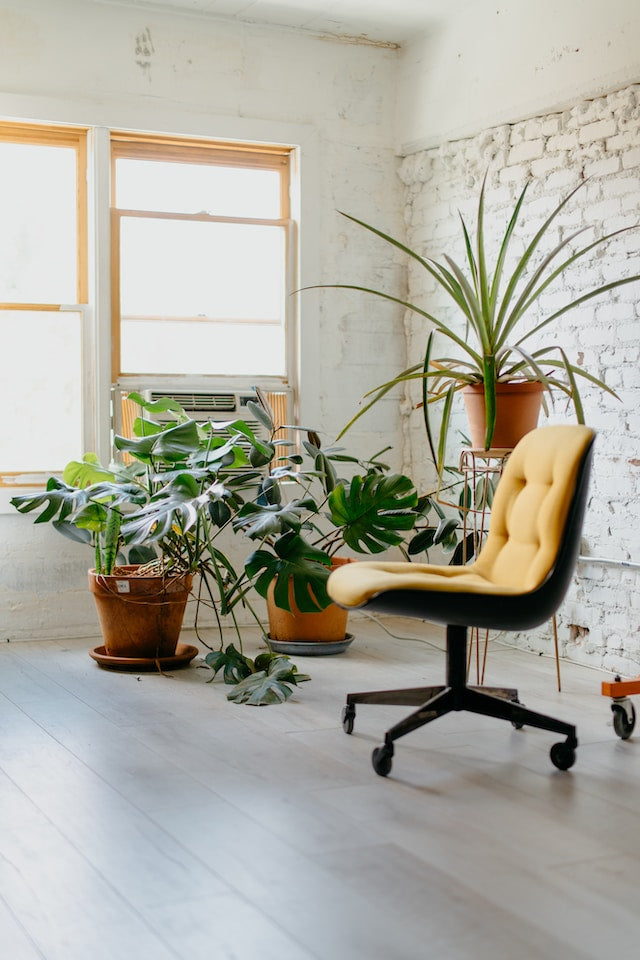
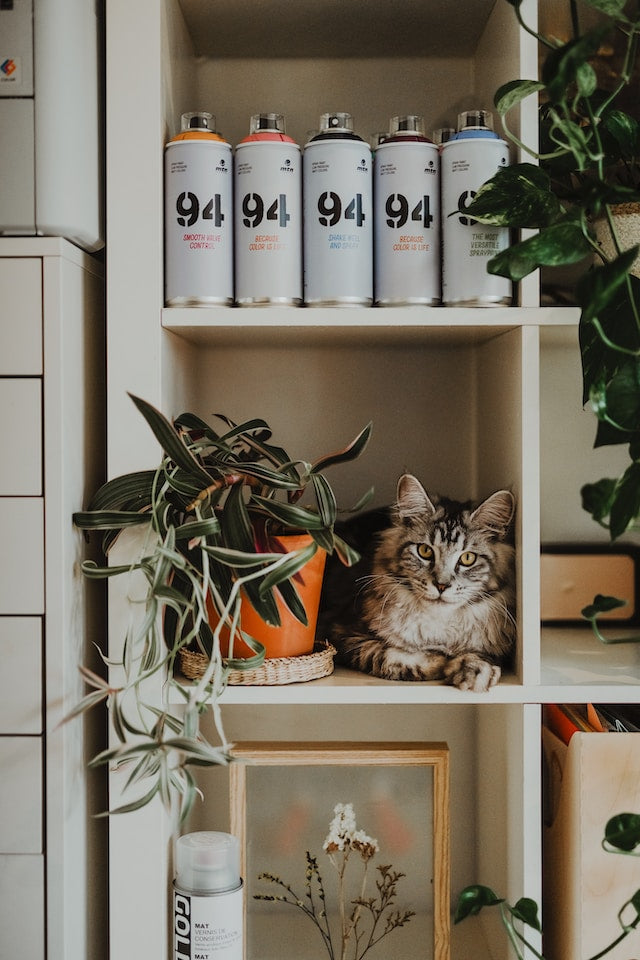

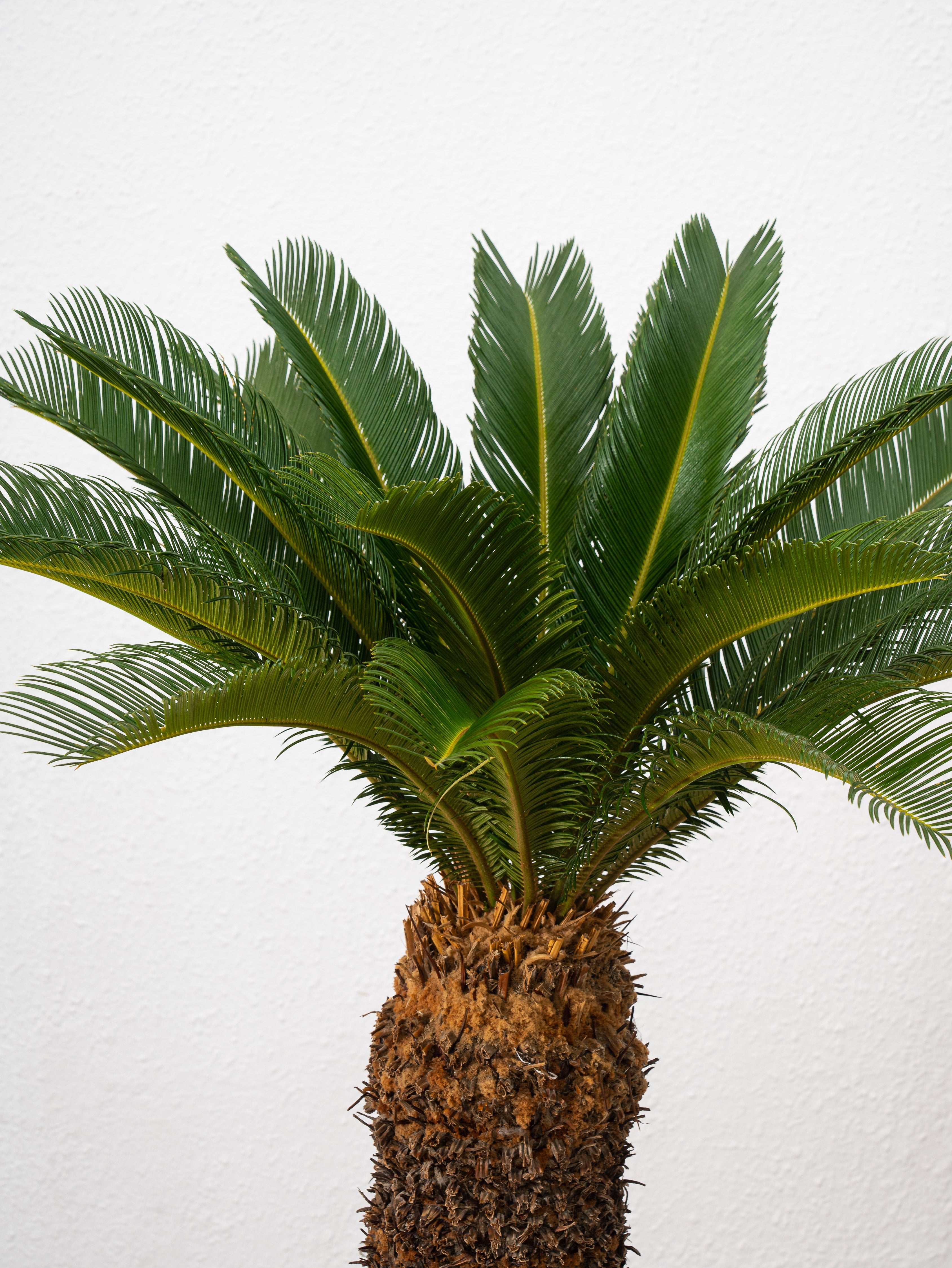
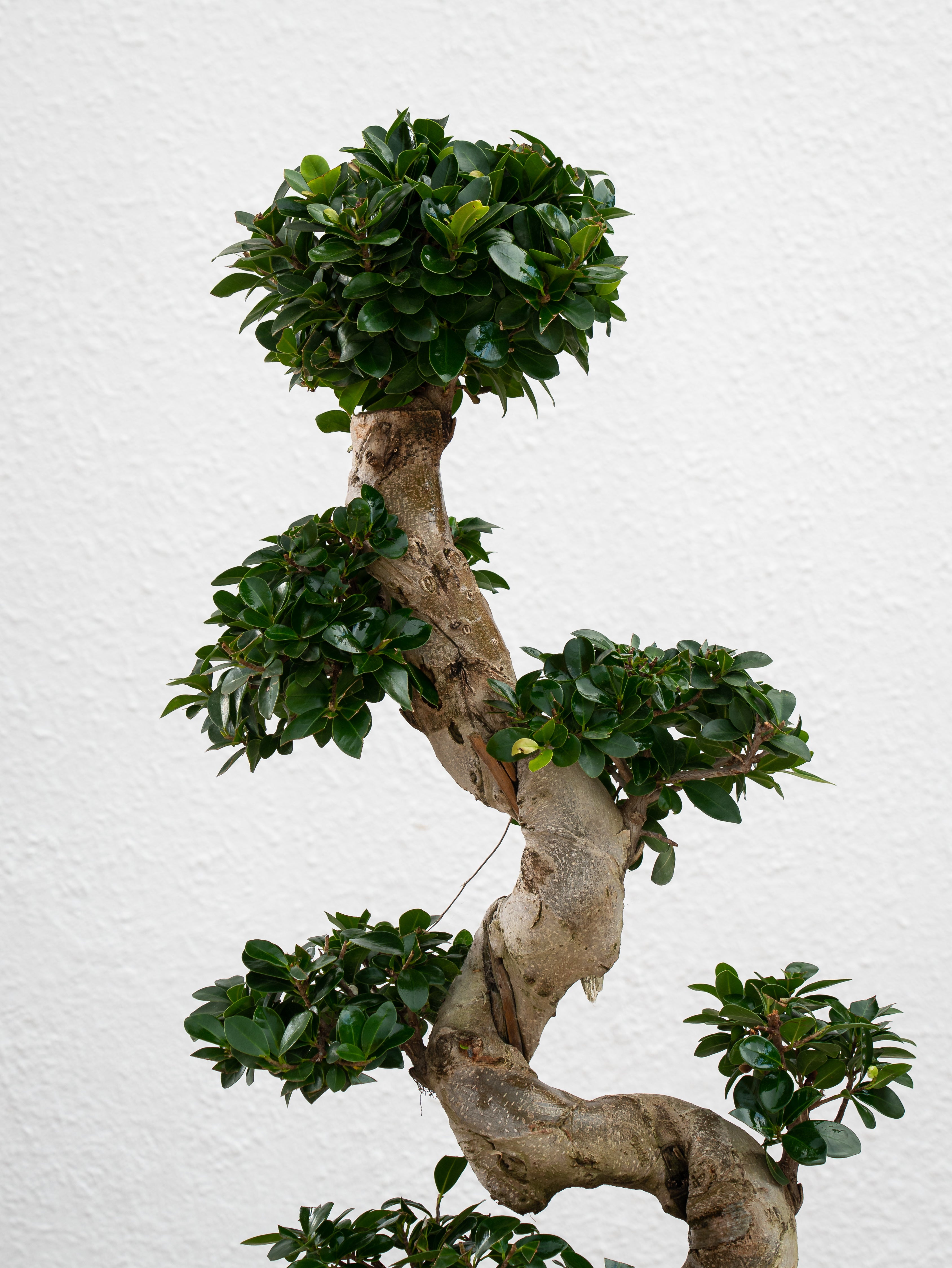
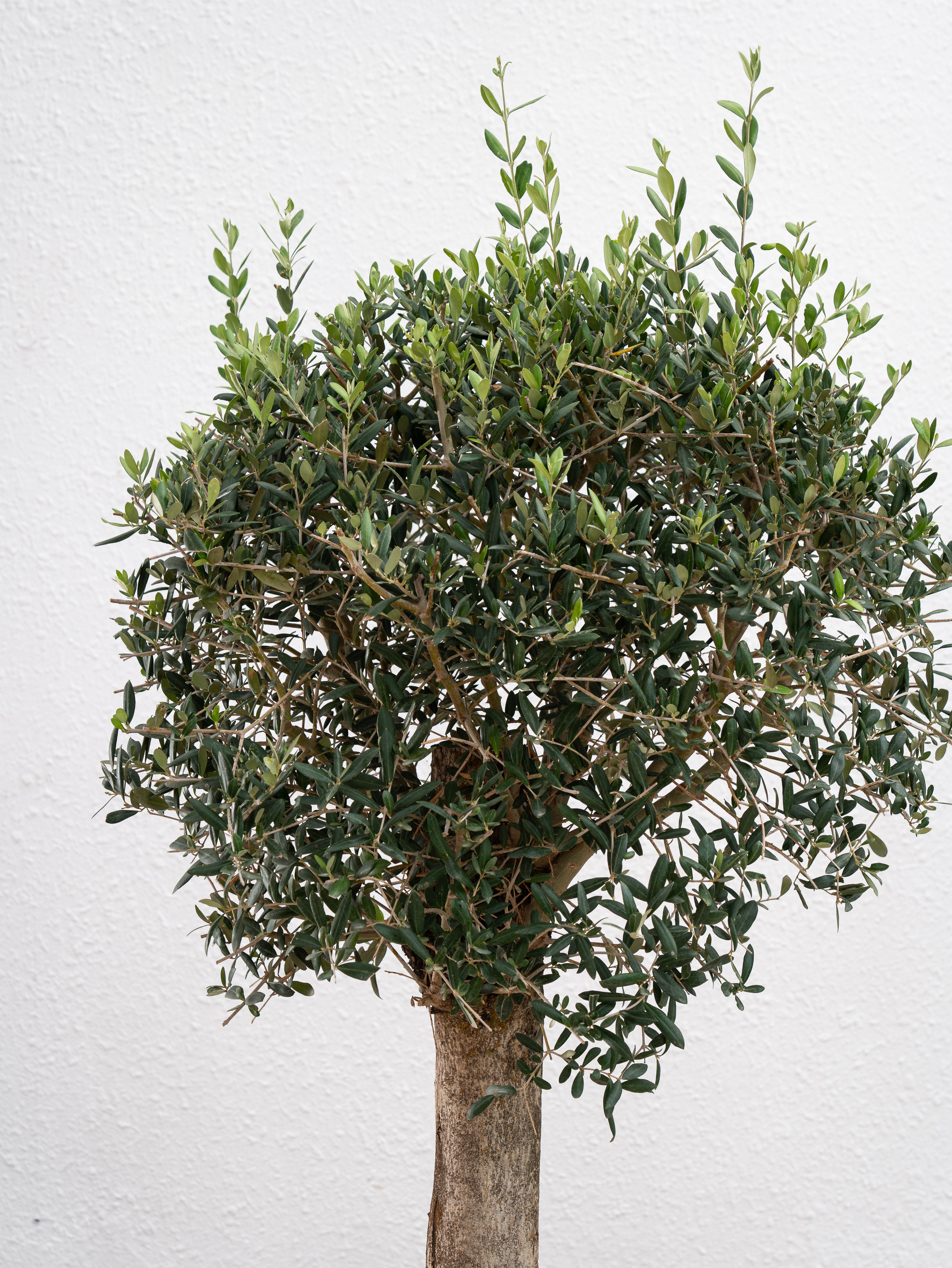
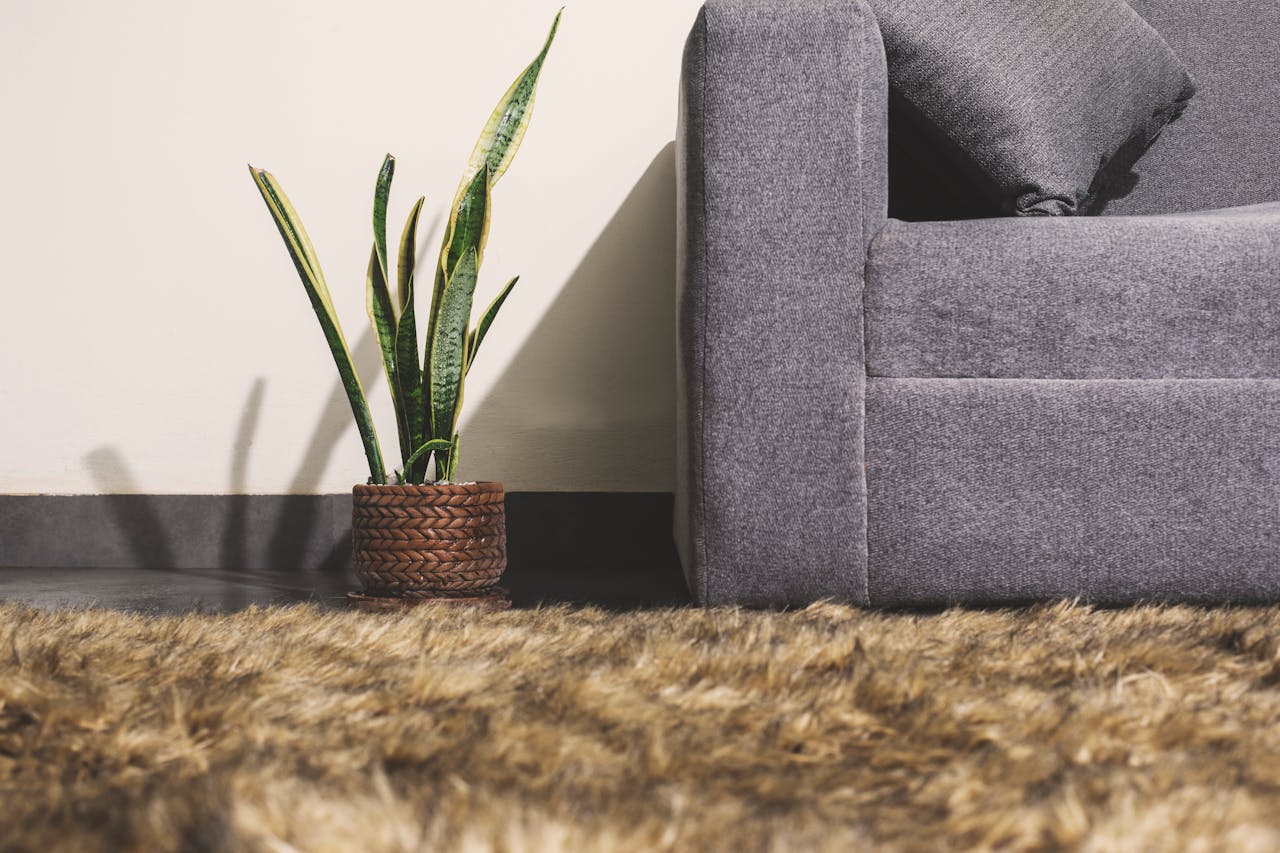
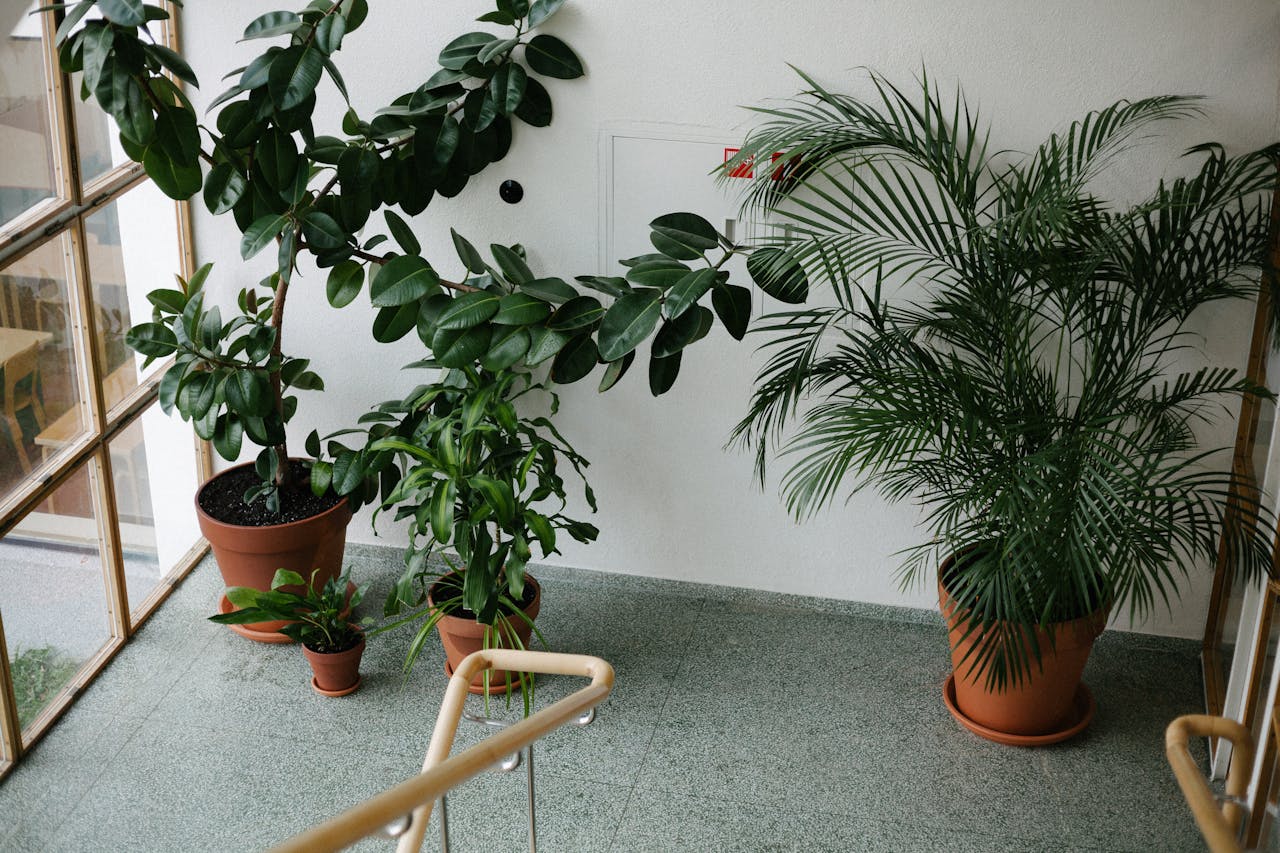
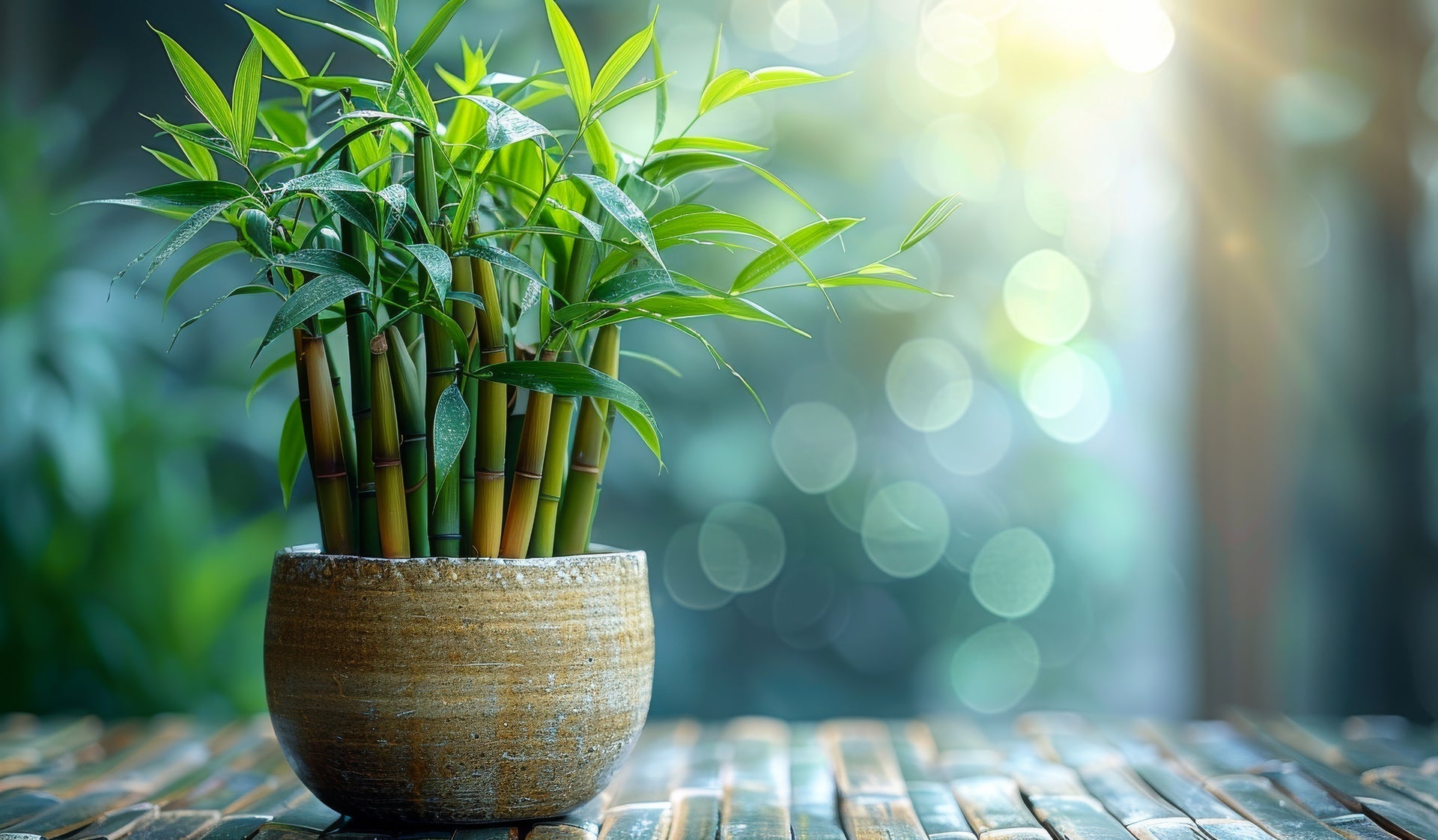
Leave a comment
This site is protected by hCaptcha and the hCaptcha Privacy Policy and Terms of Service apply.